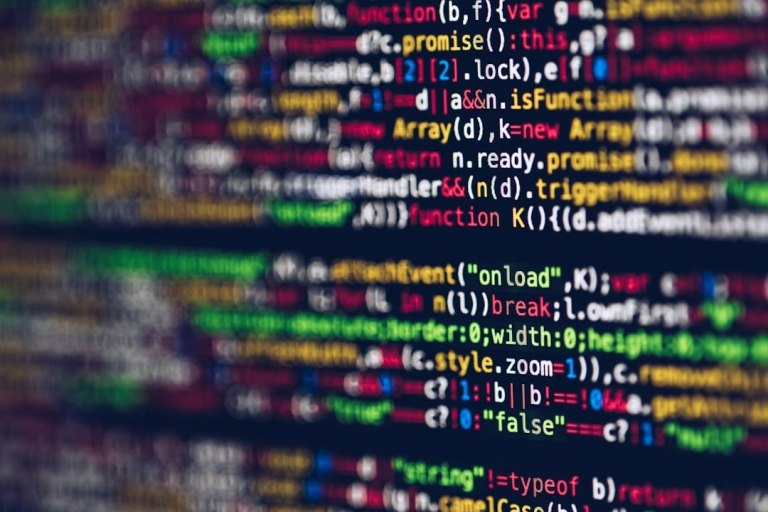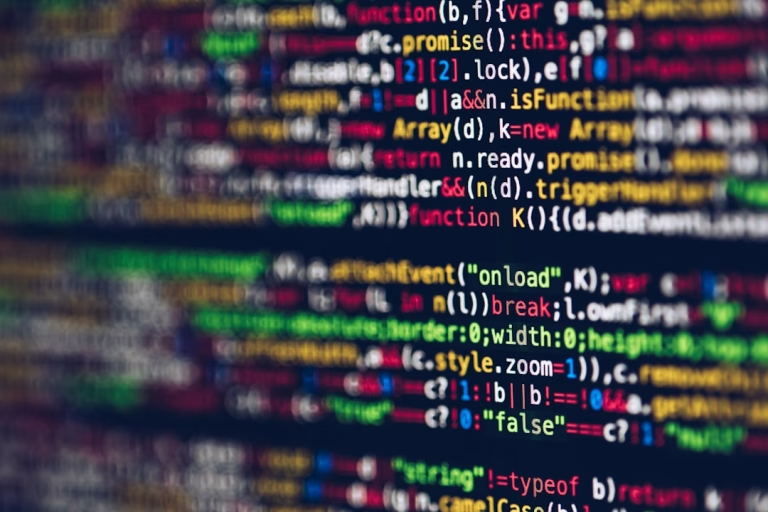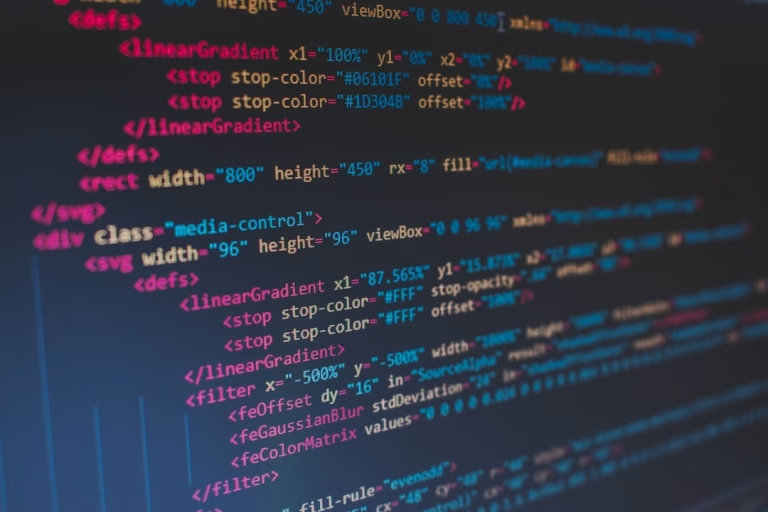Real-Life Applications of Python in Data Analysis
Howdy, folks! I’ve got a bit of a confession to make. I’m a Python fanatic. There, I said it. My world revolves around data analysis, and Python, like a reliable partner, has been my go-to tool. Let’s talk about why.
The Shining Star: Python
You know, when I first delved into the data analytics field, I found a slew of languages vying for my attention. There was R, SAS, and even Java. But as I started dabbling, Python had me hooked. It was like the friend who walks with you through thick and thin, always ready to lend a helping hand.
Python and Data Analysis: A Match Made in Heaven
Python’s applicability in data analysis is stupendous, thanks to its robust library ecosystem. Libraries like Pandas, NumPy, and Matplotlib feel like they were tailor-made for data enthusiasts like us.
- Pandas: Oh, Pandas. I can’t recall the number of times it saved the day by offering me high-level data structures and manipulation tools. Whether it was handling missing data, reshaping, or merging datasets, Pandas was my knight in shining armor.
- NumPy: Remember the days in school when math was just a jumbled mess of matrices and arrays? Well, NumPy was the secret key I wish I had back then. This library serves as the fundamental package for numerical computation.
- Matplotlib: Who doesn’t love some eye-candy, right? Matplotlib helped me master the art of creating static, animated, and interactive visualizations. Talk about painting a thousand words!
Did I learn to leverage these libraries overnight? Absolutely not! But, as I spent long nights wrestling with endless lines of codes and cryptic errors, Python and I became the best of friends. And it was worth every minute.
Python’s Real-life Data Analysis Applications
Python’s capabilities aren’t all theoretical though—with them, I’ve been able to solve real problems. Let me share some examples, shall we?
- Predicting house prices: Here’s a fun project I worked on. Using Python’s Scikit-Learn library (another gem!), I was able to build a model to predict house prices. Every change in the parameters presented a new insight into the data—and each insight felt like hitting a tiny gold mine!
- Twitter sentiment analysis: I once used Python’s Tweepy and TextBlob libraries to analyze the sentiment behind tweets for a product launch. It was like having a magic looking glass into the audience’s mind.
- A/B testing: Ever wondered if version A of your webpage would perform better than version B? With Python’s StatsModels, I easily conducted A/B tests and lifted the veil on performance metrics.
The magic of Python lies in its ability to transform raw, chaotic data into meaningful insights. And, based on my experiences and other experts’ opinions, I’m pretty confident that it’s here to stay.
A Final Thought
There’s a lot more to Python than I could possibly cover in a single blog post. It’s more than just a programming language—it’s been an exciting journey, as well as a great confidence booster. If you’re starting your data analysis adventure or even if you’re a seasoned analyst, I strongly recommend that you give Python a whirl. Trust me, you won’t regret it!






